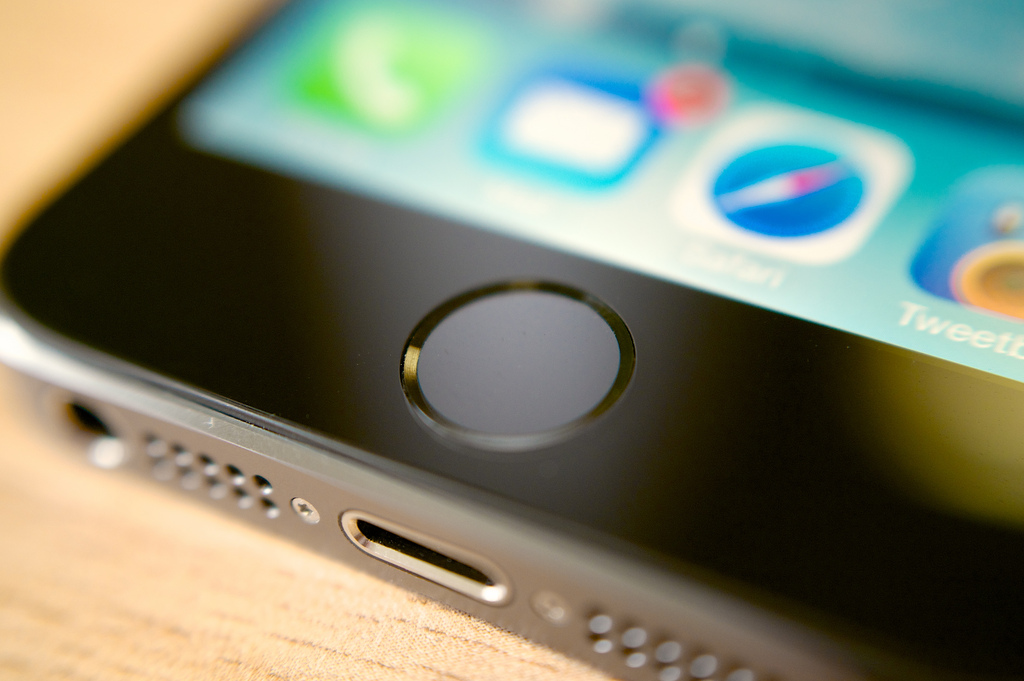Managing Diabetes with an Artificial Pancreas App

News reports surfaced this week about what could be a breakthrough for people living with diabetes. The New York Times reported on an artificial pancreas built from an iPhone that could be used to regulate blood sugar levels.
David Damiano, 15, has been coping with Type 1 diabetes since his diagnosis at age 11 months. Every night, David must sleep hooked up to a monitor that sounds an alarm if his blood sugar becomes too low. His dad has been checking on him night after night for all these years, knowing that if his blood sugar were to drop very quickly, David could die in his sleep.
David’s dad, Dr. Ed Damiano, is an associate professor of biomedical engineering at Boston University, and because of his son’s condition, he has devoted his career to helping people with Type 1 diabetes. Dr. Damiano, who received his undergraduate degree and his PhD at RPI, developed the “bionic pancreas,” which he designed to help people manage their blood sugar. He’s hoping that it will be approved by the U.S. Food and Drug Administration (FDA) before David leaves for college in a few years.
The “bionic pancreas” works essentially with an iPhone app. The iPhone is connected wirelessly to the blood sugar monitor that many people with diabetes wear fastened to their abdomens. The patient would have a sensor implanted under his skin that wirelessly delivers a blood glucose reading to the iPhone, and the app would then calculate the correct doses of insulin and glucagon, a hormone that raises low blood sugar, every five minutes. This would activate the pumps, and the medication would travel through infusion points into the bloodstream.
The patient would continue to perform twice-daily finger stick tests, and he would enter the data into the app. As well, the patient could enter data about his meals, indicating carbohydrate content and other relevant information.
The New England Journal of Medicine praised the device because, unlike the traditional insulin pump used by one-third of people with Type 1 diabetes, the artificial pancreas dispenses not only insulin, but also glucagon, and it requires little intervention on the part of the patient.
The physicians interviewed for the New York Times article described the concept as “significant and noteworthy” and as a “clear advance,” though they indicated that the device has not yet been tested in large numbers of patients or over a long period of time.
There are several ways in which this device performed better than a traditional pump; it reduced the amount of time that glucose levels fell too low, and it was good at calculating mealtime insulin doses without the patient having to estimate and perhaps be inaccurate. Of course, patients still need to understand how to manage diabetes.
CDPHP can help you understand different diabetes medications and ways to stay healthy while you enjoy an active lifestyle. While it will take some time before this device comes to market, it’s a definite advance, and something to which many people with diabetes can look forward.
References: New York Times, New England Journal of Medicine
 The Daily Dose
The Daily Dose
 Therese Gadomski
Therese Gadomski
Comments are closed.